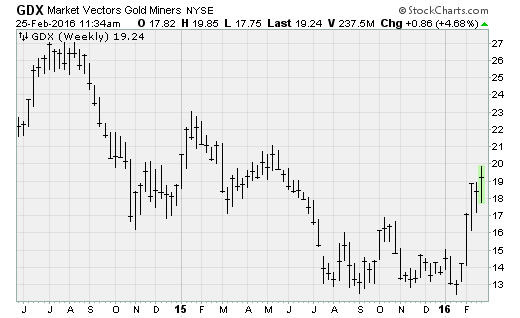Even Wall Street pros are struggling to read tough market
It's been a rough few months for financial markets, with January's stock swoon marking the worst-ever start to a year and volatility high. With the conditions so unpredictable, even "smart money" investors seem at a loss about how to place their bets.
Just look at the way stocks and oil looked set to plunge into the abyss on February 11 before comments out of Kuwait suggesting that OPEC could curb production turned everything around. That unleashed a historic three-day rebound.
While the Dow Jones Industrial Average lost 5.5 percent in January, the average hedge fund lost 2.96 percent according to performance data compiled by Barclay Hedge. Analysts with Goldman Sachs (GS) note that a basket of favorite hedge fund positions just suffered its worst performance slump since 2008, attributing the decline to weakness in health care stocks such as Valeant (VRX).
That underperformance looks set to continue. Societe Generale analysts say that hedge fund investors have adopted a "very cautious stance" in the current environment, with a particular aversion to the big-tech stocks in the Nasdaq Composite.
Hedge funds have also grown increasingly reliant on a smaller number of positions in their portfolio, according to Goldman. The top 10 positions now account for 67 percent of hedge fund holdings, compared with just 18 percent for the average S&P 500 mutual fund. These include popular stocks like Amazon (AMZN) Netflix (NFLX), and Disney (DIS) that have lagged the wider market.
Unless a turnaround in these so-called "momentum" stocks materializes soon, the performance disparity will remain as the broad market has been rebounding in February thanks largely to smaller stocks in the metals and materials sector.
Among all active investment managers, there is evidence that widespread pessimism is giving way to groupthink. This could set the stage for a powerful market rally through the second half of 2016 and beyond.
Jason Goepfert at SentimenTrader notes that, according to the National Association of Active Investment Managers, the average manager had reduced their stock market exposure to just 22 percent earlier this month.
This ranks in the bottom 10 percent of all readings since 2006. Moreover, the caution was widely held by survey respondents. Similar levels of fear were seen just before markets shot up in 2009 and 2011.
The moral of the story: When even the grizzled pros are feeling flighty, it's likely too late to panic.
Instead, consider looking for areas of value such as gold mining stocks, which have been surging on a combination of monetary policy stimulus expectations and a bounce-back in inflation pressures, as shown in the chart above.

